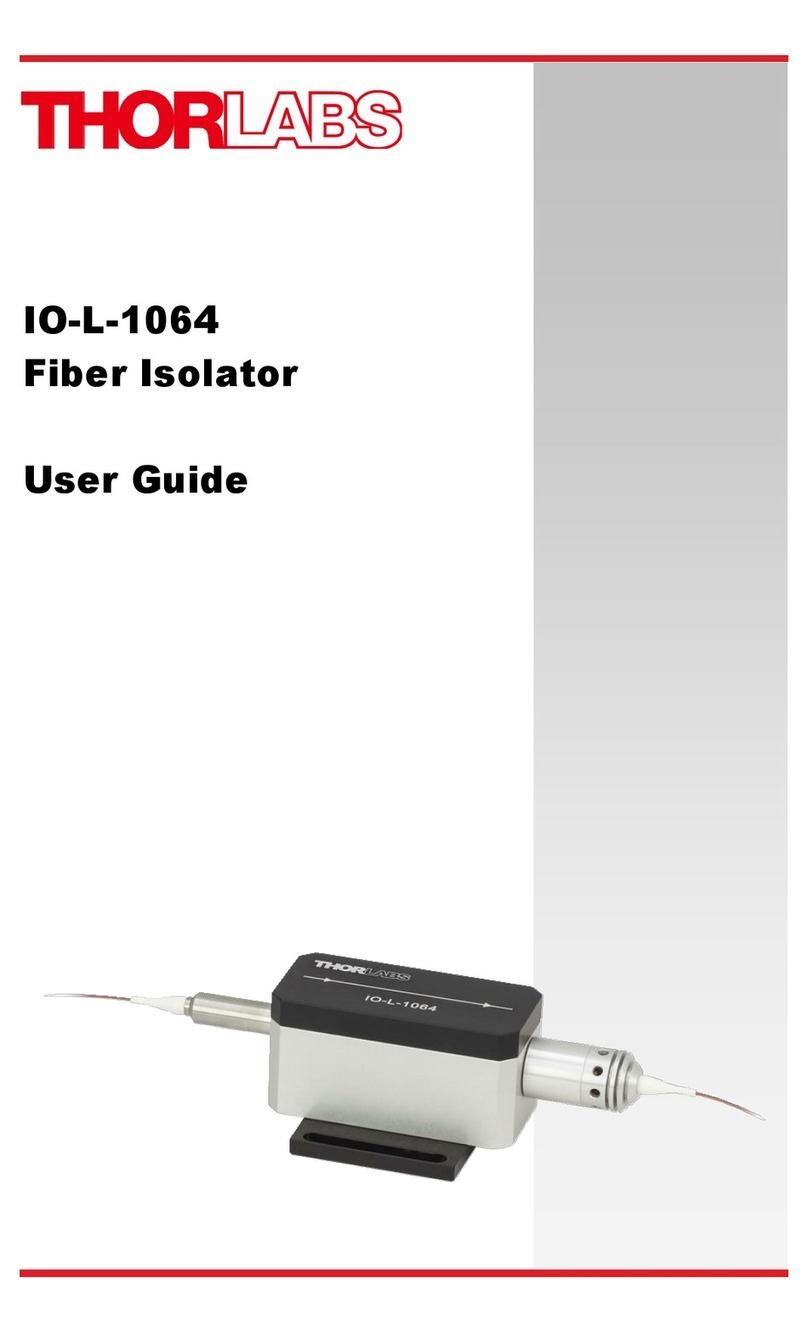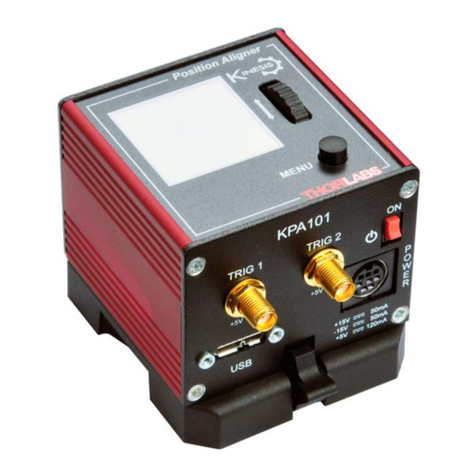BLINK High-Speed Focuser
Table of Contents
Chapter 1 Safety........................................................................................................................1
Chapter 2 Introduction.............................................................................................................2
2.1 General Information...........................................................................................................2
2.2 Safety Information .............................................................................................................2
Chapter 3 Setup ........................................................................................................................3
3.1 Unpacking...........................................................................................................................3
3.2 Mounting.............................................................................................................................3
3.3 Connecting the Air Bearing..............................................................................................3
3.4 Connecting the Servo Amplifier.......................................................................................3
3.4.1 Servo Amplifier Power Input ........................................................................................................................... 4
3.4.2 Servo Amplifier Command Input .................................................................................................................... 4
3.4.3 BLINK Motor Connection to Servo Amplifier................................................................................................. 4
3.4.4 BLINK Pressure Switch Connection to Servo Amplifier.............................................................................. 5
3.5 System Check ....................................................................................................................6
3.6 Mounting a Lens ................................................................................................................6
Chapter 4 Operation.................................................................................................................8
4.1 Driving the BLINK Focuser...............................................................................................8
4.1.1 Command Inputs .............................................................................................................................................. 8
4.1.2 Automatic Gain Control.................................................................................................................................... 8
4.2 Environmental Considerations ........................................................................................8
4.3 Troubleshooting.................................................................................................................8
Chapter 5 Specifications..........................................................................................................9
5.1 Unit Specifications.............................................................................................................9
5.2 Servo Amplifier Specifications.........................................................................................9
5.3 Dynamic Performance for a 1.0 mm Stroke Reference Move.....................................10
5.4 GPWR15 Power Supply Unit Specifications.................................................................11
Chapter 6 Mechanical Drawings...........................................................................................12
6.1 BLINK Focuser.................................................................................................................12
6.2 Servo Amplifier ................................................................................................................14
Chapter 7 Troubleshooting ...................................................................................................17
7.1 Check for Bad Command Signal....................................................................................17
7.2 Additional Troubleshooting............................................................................................17
Chapter 8 Warranty and RMA Information..........................................................................18
8.1 Return of Devices ............................................................................................................18





























